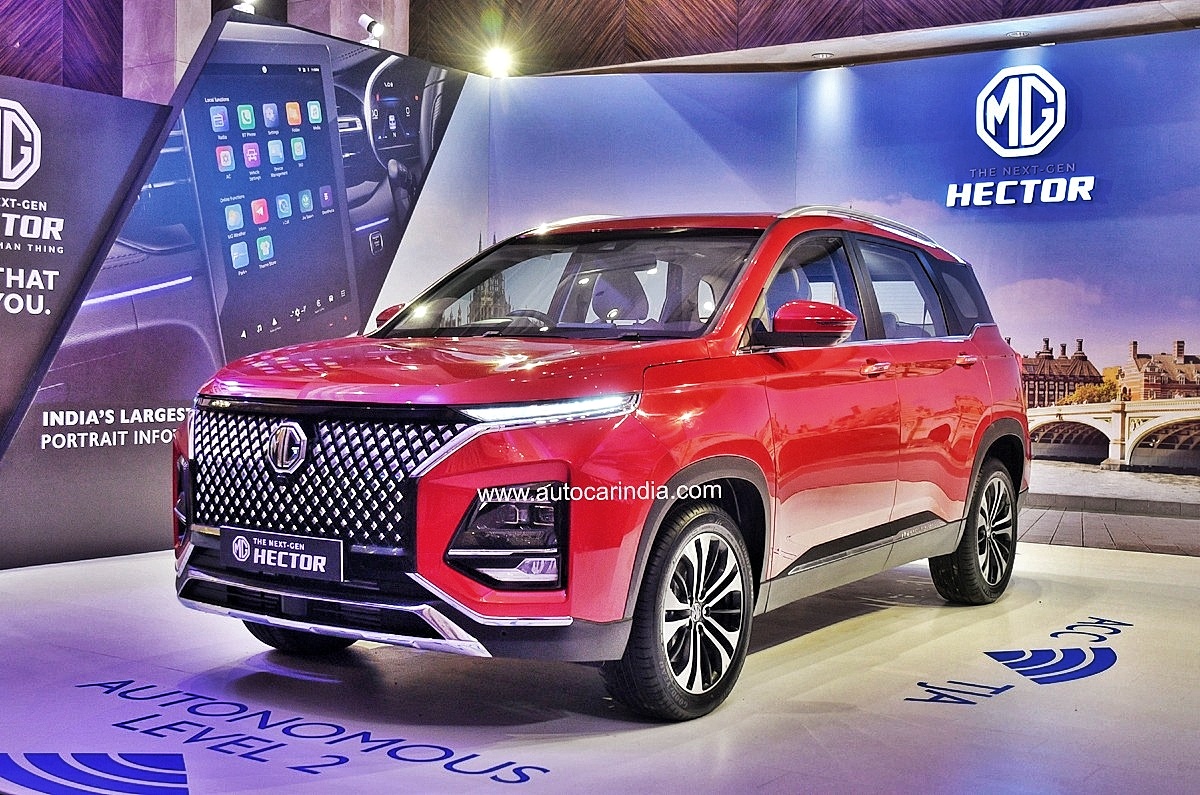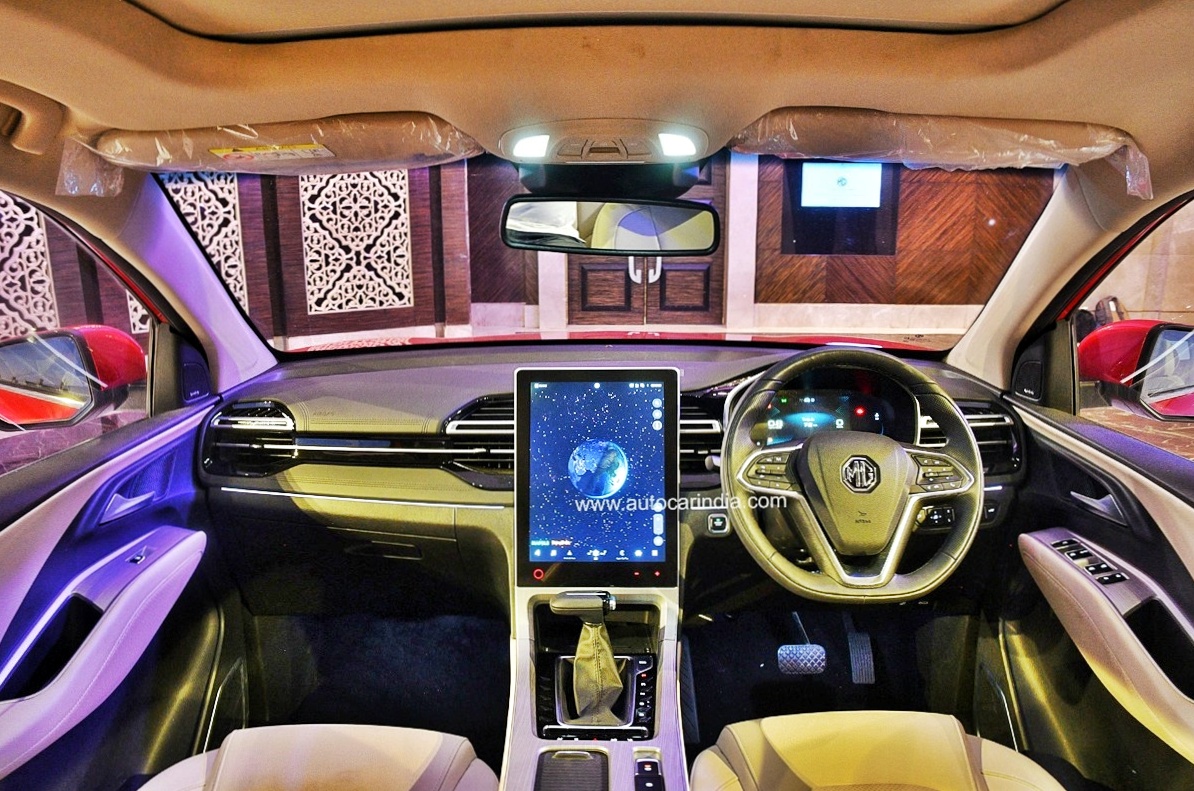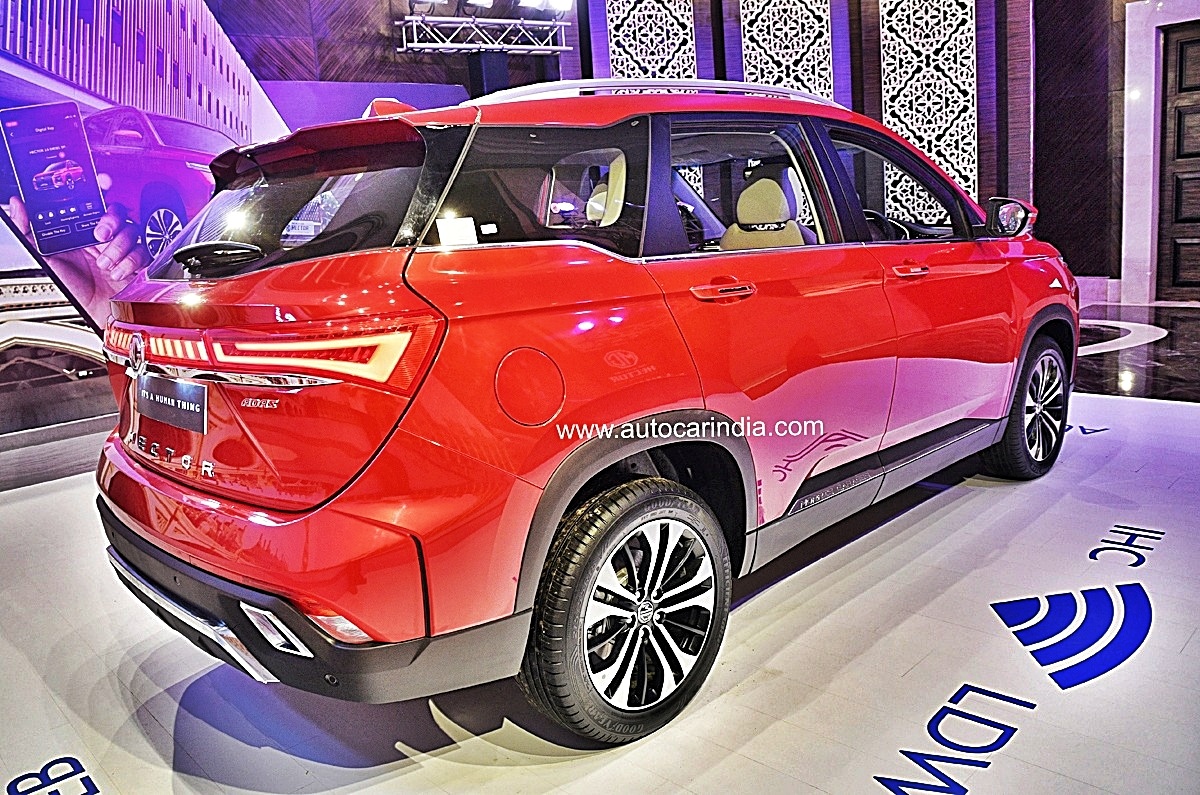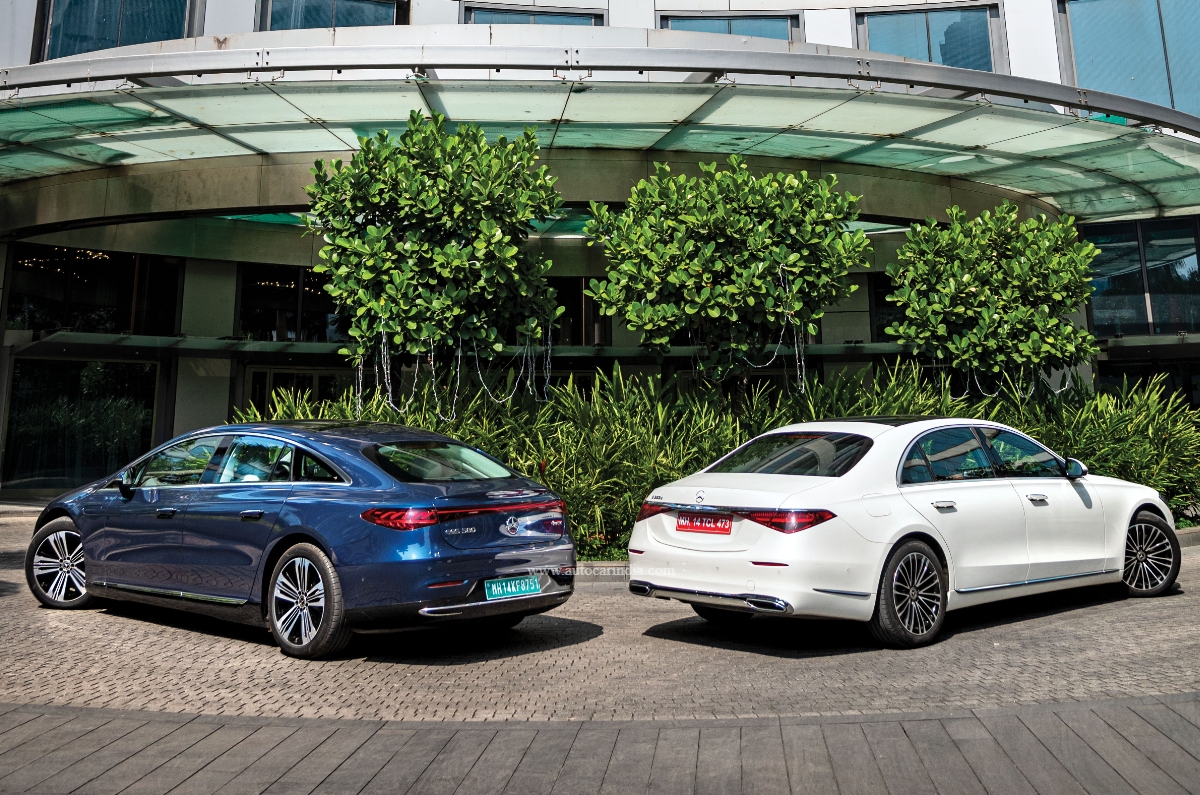Hyundai has launched the Ioniq 5 in India at Auto Expo 2023 at Rs 44.95 lakh (ex-showroom). The South Korean manufacturer also showcased the Ioniq 6 electric sedan at the Delhi motor show, while their cousin, the Kia EV6, is already on sale in India. All three EVs are based on the E-GMP platform, and while they may have similarities, we tell you all the differences between the three.
Hyundai Ioniq 5 vs Ioniq 6 vs Kia EV6: powertrain
The Ioniq 5, Ioniq 6 and Kia EV6 get a 77.4kWh battery globally, and the Kia EV6 is the only one to get that battery in India – the Ioniq 5 gets a smaller 72.6kWh battery in India. The Ioniq 5 and Ioniq 6 also get a 53kWh battery, but considering the former comes with the larger 72.6kWh battery here, the Ioniq 6 could follow suit.
.jpg?w=700&c=0)
Globally, all three EVs are offered with two drivetrain options – rear-wheel drive (RWD) and all-wheel drive (AWD). But in India, the Kia EV6 is the only one to get both options as the Ioniq 5 only gets RWD. The Ioniq 6, on the other hand, could be offered with AWD as an option.
Hyundai Ioniq 5 review, test drive
The Kia EV6’s single motor produces 229hp and 350Nm of torque, while in dual-motor guise it produces 325hp and 605Nm of torque. The single-motor and dual-motor versions of the Ioniq 6 have the same power output as the EV6. The Ioniq 5’s single-motor produces slightly less power – 217hp – although torque remains the same.
Hyundai Ioniq 5 vs Ioniq 6 vs Kia EV6: exterior differences
The Ioniq 6 is the only sedan here – the other two are crossovers – and its sloping coupe-like roof merges with the ducktail spoiler (which also houses the stop light at the rear). The whole car features very minimal cuts and creases, and has swooping lines, which give it a drag coefficient of just 0.21Cd. The Ioniq 6 also gets a pixel-style LED light bar that acts as the tail-light.
.jpg?w=700&c=0)
In contrast, the other Hyundai EV – the Ioniq 5 – has a very boxy design with almost flat panels and sharp lines. The Ioniq 5 crossover also features pixel-style rectangular lamps, front and back, and the tail-lights are connected using a pixel-style bar.
Also see: Hyundai Ioniq 5 video review
The Kia EV6, like the Ioniq 6, also features a curvaceous design language with minimal cuts and creases. It also gets a light bar at the rear, like the other two, but this has been seamlessly integrated with the boomerang-shaped tail-lights.
Hyundai Ioniq 5 vs Ioniq 6 vs Kia EV6: interior differences
The two Hyundai EVs feature similar design elements on the inside as well, but the main difference is in the front row, specifically the centre console. The Ioniq 6’s centre console is connected to the dashboard, while and the Ioniq 5 doesn't have a centre console, thereby, freeing up space. The EV6 falls somewhere in the middle – it gets the additional space the Ioniq 5 offers, while also having a floating centre console.
.jpg?w=700&c=0)
All three EVs feature a connected, dual 12.3-inch display set-up, but the design is a bit different. The two Hyundais get a single, flat module for both screens, and the Kia gets a slightly curved design – angled more towards the driver.
Hyundai Ioniq 5 vs Ioniq 6 vs Kia EV6: dimensions
All three EVs are based on the E-GMP platform, but they have different dimensions. The Ioniq 5 has the longest wheelbase of the three – 3,000mm – followed by the Ioniq 6, which measures 2,950mm. The EV6 has the shortest wheelbase at 2,900mm. On the other hand, the Ioniq 6 is the longest of the three at 4,855mm, followed closely by the EV6 at 4,695mm and the Ioniq 5 at 4,635mm.
.jpg?w=700&c=0)
The Ioniq 5 and EV6 have the same width – 1,890mm – and the Ioniq 6 is the narrowest of all, measuring 1,880mm. The Ioniq 5 is the tallest of the lot, at 1,625mm, followed by the EV6 at 1,550mm. Being the only sedan here, the Ioniq 6 is the shortest with a height of 1,495mm.
Hyundai Ioniq 5 vs Ioniq 6 vs Kia EV6: price
Hyundai launched the Ioniq 5 at the Auto Expo, and its price – Rs 44.95 lakh (ex-showroom) – will be available only for the first 500 customers. In comparison, the Kia EV6 is priced at Rs 60.95 lakh for the GT Line and Rs 65.95 lakh for the GT Line AWD (both ex-showroom). The reason for the Hyundai to be priced Rs 16 lakh lower than the Kia is due to the Ioniq 5 being assembled in India, with the EV6 being brought in as a completely built unit (CBU).
Also see:




































